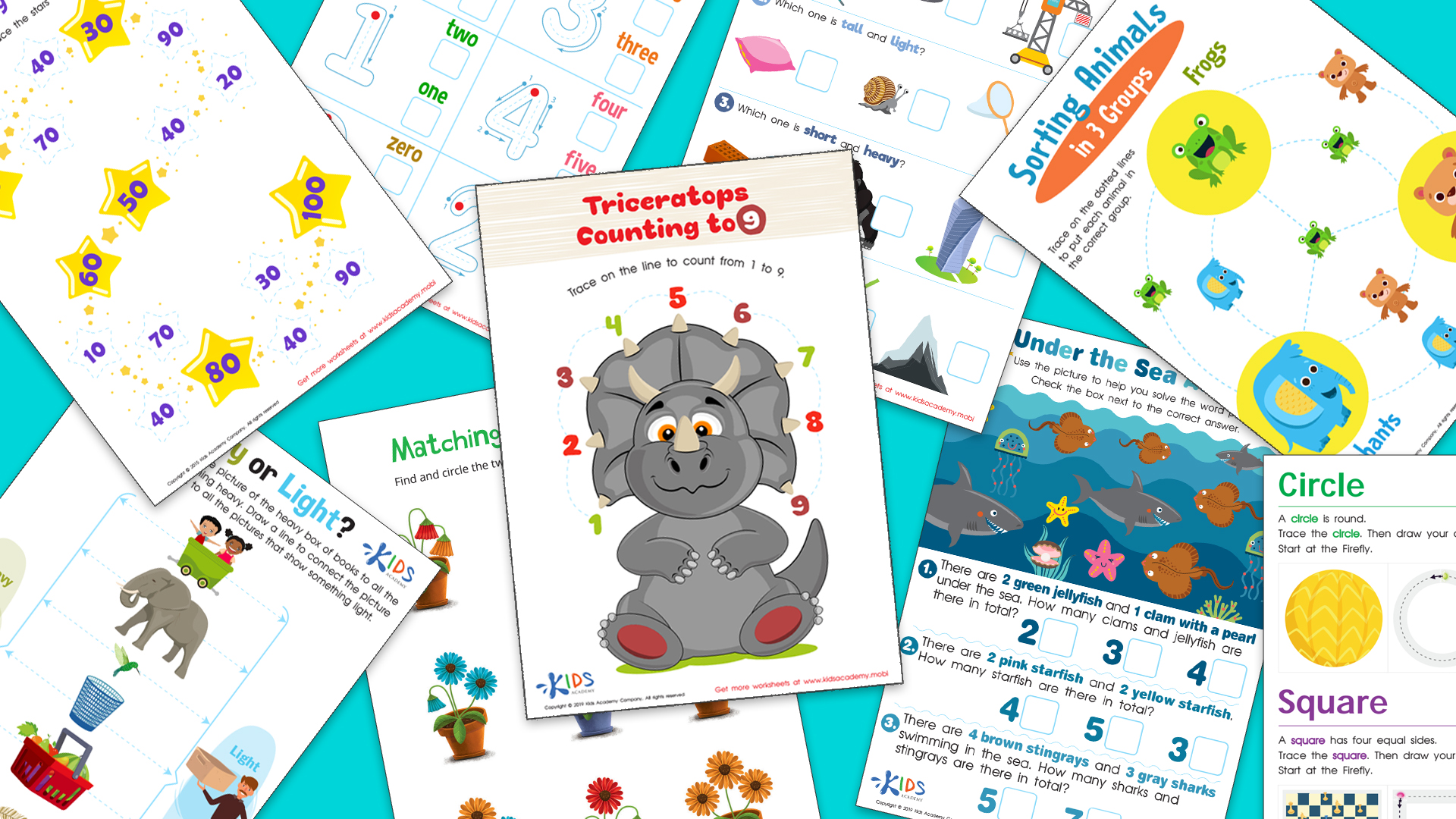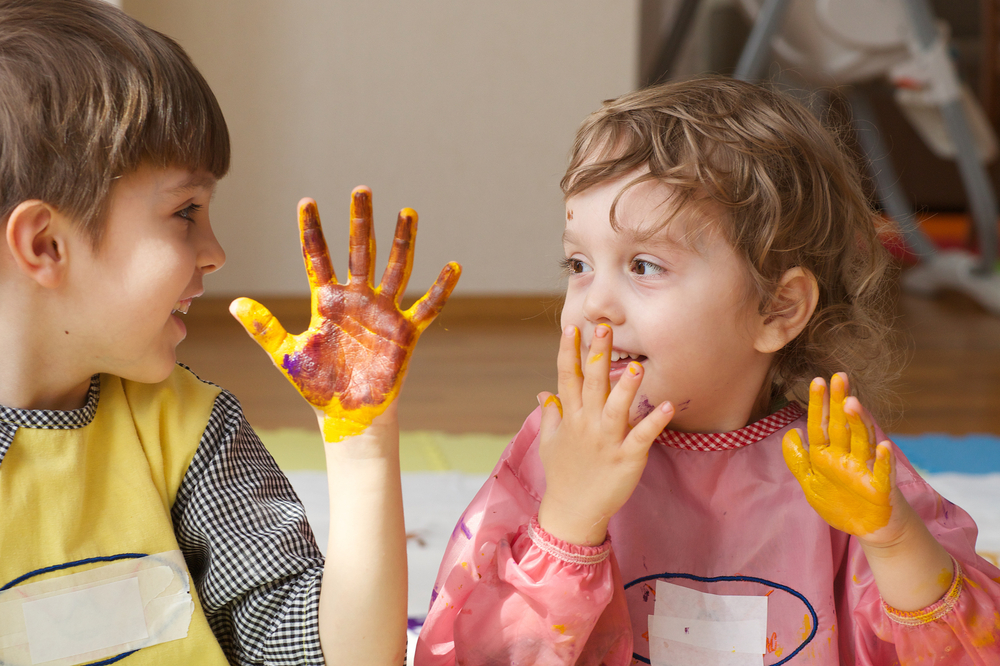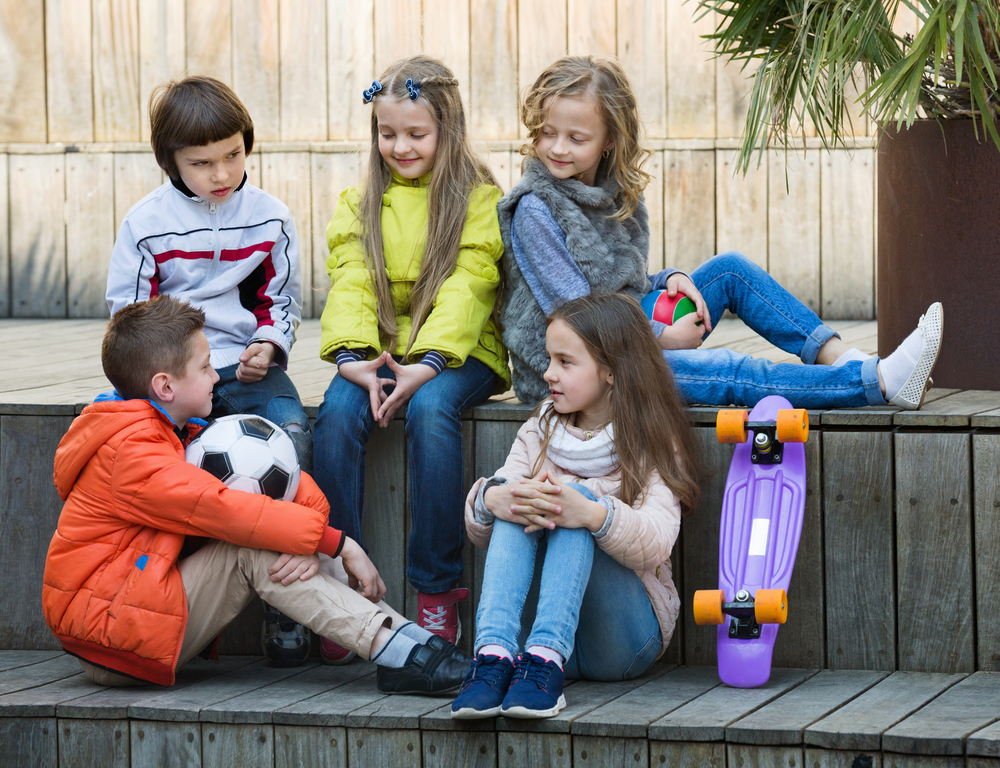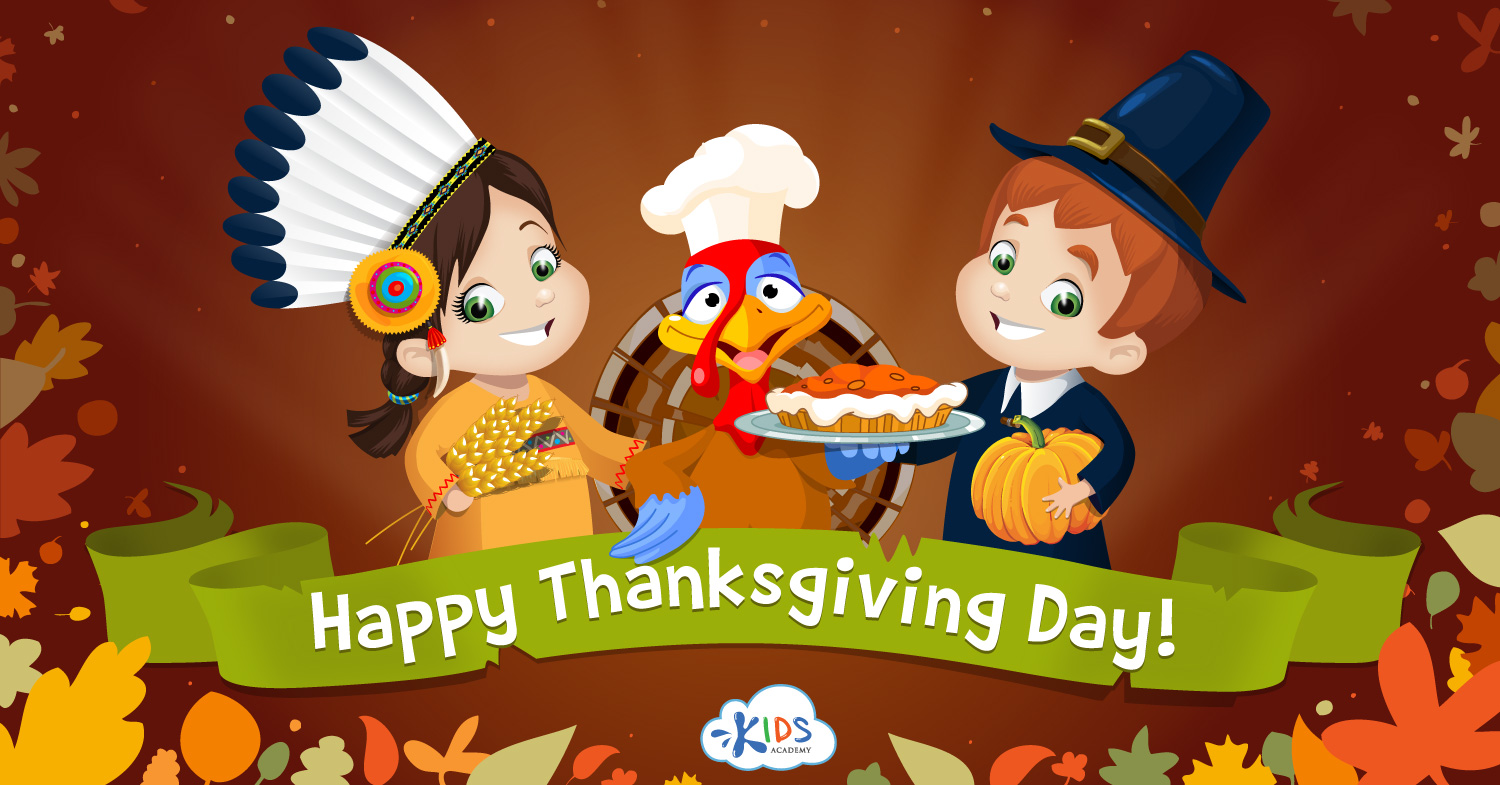Boost matching ability Worksheets for Kids
1 filtered results
-
From - To
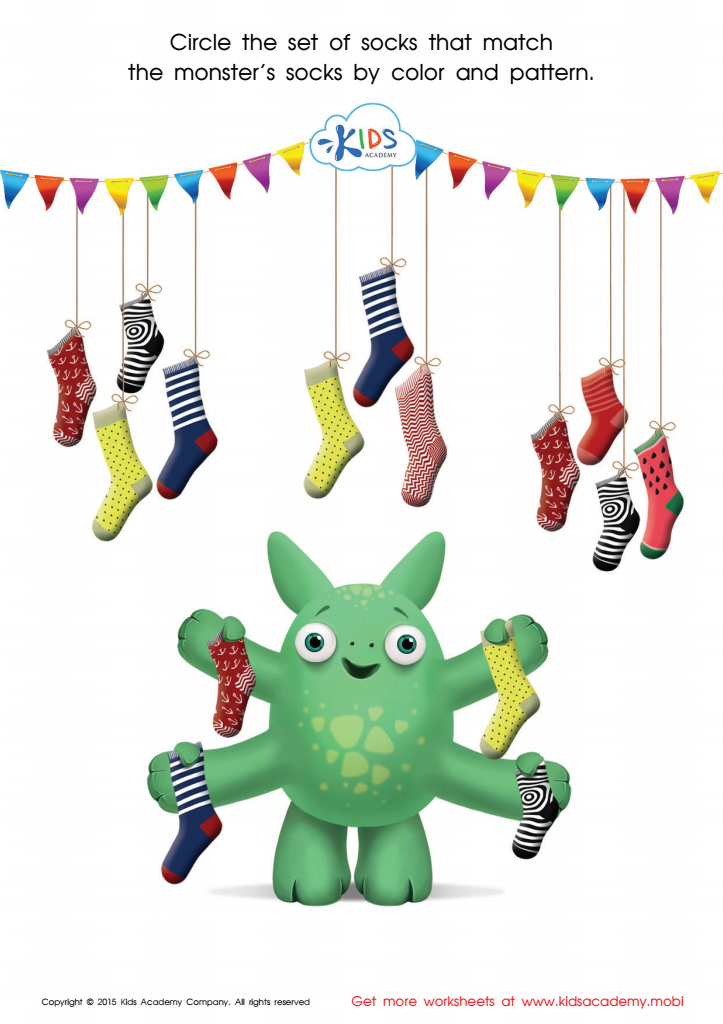

Connecting the Monster's Socks Printable
Question/Answer
How to test a Preschool student’s Boost matching ability skills?
To test a preschool student’s Boost matching ability skills, present them with a set of cards or objects that come in pairs. Ask the child to match items that are similar, such as shapes, colors, or pictures. Observe their ability to recognize and pair identical or related items, noting their accuracy and the time taken to complete the task.
How to train the Boost matching ability skill in Preschool students learning about Addition & Subtraction?
To train the Boost matching ability in Preschool students learning about Addition & Subtraction, use tangible objects like blocks or counters for hands-on exercises. Start with simple addition or subtraction, asking them to add or remove objects to match a given number.
Why is the Boost matching ability skill important for Preschool students?
The Boost matching ability skill is pivotal for preschool students as it lays the foundation for critical thinking and problem-solving skills. It enhances cognitive development by helping children recognize patterns and similarities, crucial for learning math concepts, language development, and understanding the world around them. Additionally, it fosters memory enhancement and attention to detail.
 Assign to the classroom
Assign to the classroom

